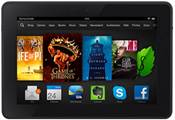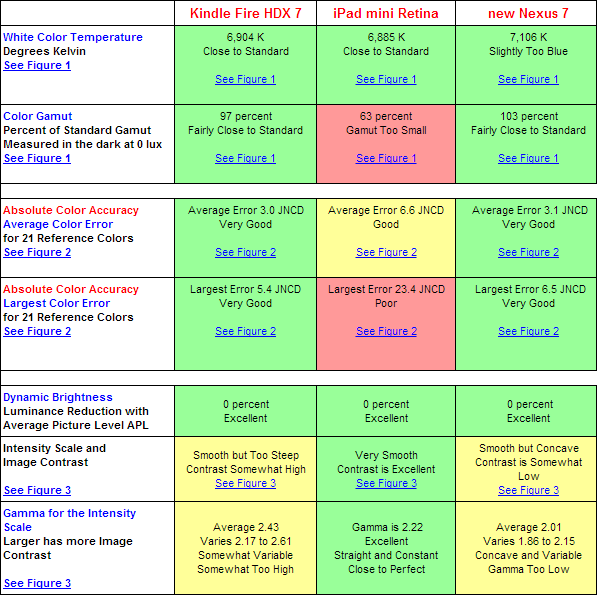iPad Mini with Retina display came in third place in an examination conducted by DisplayMate and starring the three antagonists in the competitions most popular on the market for small tablets : HDX Amazon Kindle Fire 7 , Google Nexus 7 (2013) and, in fact, the new iPad Mini with Retina display Apple.

 src=”http://www.hwupgrade.it/immagini/nexus7_03.jpg”
src=”http://www.hwupgrade.it/immagini/nexus7_03.jpg”
As you can read on DisplayMate, the site that is in charge of professional calibration of display and specialized tests on the same, the new iPad mini will come to a “distant third place,” very behind compared to most modern IPS LCD panels competing proposals analyzed.
Kindle Fire HDX 7 and the new Nexus 7 adopt technologies LTPS (Low Temperature Poly Silicon) , for example, used on the iPhone and other smartphones on the LCD. Amazon and Google were the first company to introduce this type of display in the area of ??the tablet, which allow a higher image quality than that afforded by technology IGZO and a-Si present in the current iPad.
IGZO was the best technology available on the square a few years ago, passed today, according to DisplayMate, other methods of production of the panels at the same time allowing greater yields and superior performance . Because of the low yields of IGZO panels, Apple was forced to enter a-Si panels in some units, less efficient technology from the point of view of energy compared to that of Sharp.

“Technology a-Si is much less efficient than the IGZO, this way consumes more power and requires larger batteries. How can Apple use so many different panels in the same product?” writes DisplayMate, continuing: “In these cases, the company uses a white LED backlight for higher quality (and more expensive), which draws energy efficiency for all devices sold in a different way.”
The real winner is therefore the display of HDX Kindle Fire 7 Quantum Dots with its technology, which allows a level of saturation color quite high, similar to that of the OLED panels. At the same time you can get an increase in color gamut of 40/50%, compared to a decrease in fuel consumption by 15/20%. Unlike the white LEDs used by other technologies, Quantum Dots uses blue LEDs to reproduce all the colors on the screen element that allows a saturation of the same higher than the technologies currently available on the market.
No comments:
Post a Comment